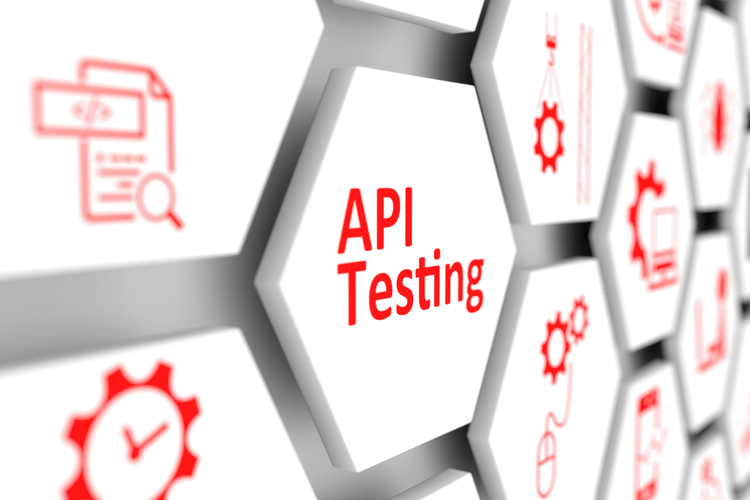However, as the complexity and scale of programming grew, the concept of structured programming emerged within the software industry. This swift-evolution sparked the beginnings of a production framework that eventually evolved into the SDLC. The three most common artifacts that product teams use are wireframes, mockups, and prototypes. Following that, you can choose the best SDLC methodology or a combination of models to assist you in determining the optimal approach for SDLC execution. Thus, as with many SDLC models, DevOps is a method for planning and executing work and a philosophy that necessitates substantial mentality and attitude changes within an organization. This procedure where the care is taken for the developed product is known as maintenance.

As a result, software developers have shifted their focus to leaner development processes to cut waste and costs. Following the definition and documentation of all requirements, the developers move on to the design phase (UI/UX). They use wireframes to create a blueprint for the entire project’s design at this step. The actual goods are made here through the process of producing and applying the code. The development process is considered the most robust phase in the life cycle.
Analysis
Every hardware or software system will go through a development process which can be thought as an iterative process with multiple steps. SDLC is used to give a rigid structure and framework to define the phases and steps involved in the development of a system. The conceptual design stage is the stage where an identified need is examined, requirements for potential solutions are defined, potential solutions are evaluated, and a system specification is developed. The system specification represents the technical requirements that will provide overall guidance for system design.
Big bang is the simplest model in the SDLC that does not follow any specific process and requires minimal time for planning. This model combines the efforts, time, and resources to build a product per customer requirements. However, it may happen that the end product might not meet the actual needs. Software development is a never-ending process; it continues even after the final product delivery. One needs to upgrade the product as per system requirements and detect bugs to improve the user experience and future enhancements. Moreover, the developers may witness a bug or issue in the live software.
What are the Benefits of the Software Development Lifecycle?
The goal of this stage is to define the full extent of the issue and generate potential answers. Costs, benefits, time, money, and so on are all relevant factors to think about. To ensure the overall success of the project, this is the most important stage. It’s important to do your homework before going on to the next step. Fundamentally, SDLC trades flexibility for control by imposing structure. It is more commonly used for large scale projects with many developers.
The SDLC supplies a strict composition and fabrication for defining the stages and steps of a system’s evolution. The Software Development Life Cycle (SDLC) meaning is a method for creating system development life cycle meaning high-quality, low-cost software in a short amount of time. With the support of SDLC, a business can swiftly create high-quality, thoroughly tested, and production-ready software.
Future Trends in Container Security: What Every IT Professional Should Know
Implementing a system development life cycle is essential since it transforms an idea project into a fully complete operating system. The development team must determine a suitable life cycle model for a particular plan and then observe to it. Typically, each stage must be completed before the next one can begin, and extensive documentation is required to ensure that all tasks are completed before moving on to the next stage. This is to ensure effective communication between teams working apart at different stages. This approach implies a linear type of project phase completion, where each stage has its separate project plan and is strictly related to the previous and next steps of system development.
- This means the product will be generally available for customers to buy and use.
- The waterfall remains the dominant model for these early software development life cycle frameworks.
- A successful Agile model will have effective communication channels and collaborative tools in place to ensure a swift flow of information among all stakeholders.
- When a team is developing a software product, there must be a clear understanding among team representative about when and what to do.
- It is founded on the premise of increasing efficiency through waste reduction at every stage of development.
- The Software Development Life Cycle is a systematic process to ensure end-product quality.
- Each of them requires different specialists and diverse skills for successful project completion.
Adhering to an appropriate and secure SDLC is essential for any project’s success. Yet, the software development journey contains various milestones and challenges too. Without a laid path and a sense of direction, the development efforts will likely fall apart. Agile is gradually becoming a mainstream technology expanding its reach beyond coding. It is more focused on an interactive approach as it enables clients, developers, and testers to work together throughout the entire project. Overall, the agile model is suitable where minimal documentation is required, and the location is also the same.
The Big Bang Model
Program development designs should be appropriately assessed in this phase, utilizing internal and external development tools. Initial testing, user training, deployment, acceptance testing, and management approval issues are documented at this stage. Moreover, the development team can also get support from project managers, tech leads, and other professionals to eliminate unexpected bottlenecks within the process. The design phase includes many things that are broader than just a product designer’s task in software development, getting clear and specific details to visualize the end product and overall software architecture. Then, based on the feasibility analysis, the software development team works on building the product’s design. Generally, there are four to ten steps in the entire SDLC development process.

Next, we will cover the main phases of the System Development Life Cycle to review what each entails. The System Development Life Cycle(SDLC) is a fundamental notion in software engineering that has existed for an extended period in Information Technology. This article examines the concept’s definition, qualities, and essential attributes to properly grasp its extent and reach, particularly in today’s ever-changing environment. Mail us on h[email protected], to get more information about given services. During this stage, unit testing, integration testing, system testing, acceptance testing are done.
Main System Development Life Cycle, SDLC Phases
Other steps which may appear include project initiation, functional specifications, detailed specifications, evaluation, end-of-life and other steps that can be created by splitting previous steps apart further. An output artifact does not need to be completely defined to serve as input of object-oriented design; analysis and design may occur in parallel. In practice the results of one activity can feed the other in an iterative process. The waterfall is the oldest SDLC methodology used for the Software Development Life Cycle. And since the last 20 years, the waterfall methodology has been widely used by developers and software engineers across the globe.

The maintenance phase is significant to meet existing customer needs with ease. The developers will need to be ready to address requests for enhancements, bug fixes, and new features. These requests will come from many sources—sales, executives, customers—but the product management team will determine which of these initiatives make it onto the product roadmap for developers to work on. This is the stage where the engineering team actually codes the product.
What is SDLC? Software Development Life Cycle Phases, Methodologies, and Processes Explained
It acts as the foundation of the whole SDLC scheme and paves the way for the successful execution of upcoming steps and, ultimately, a successful project launch. Each of them requires different specialists and diverse skills for successful project completion. Modern SDLC processes have become increasingly complex and interdisciplinary. Regardless of what you are building – a company, a tool, a complex program, or an entirely new product – you would be wise to deploy SDLC to ensure quality and to help you maintain focus on your customers while you build. The adoption of his technology is proof that SDLC, when applied and executed correctly, can lead to profound technological and business outcomes. Software development – as we all know – is a broad domain and can cover website design tools and online forms to more robust machine learning or backend systems.

